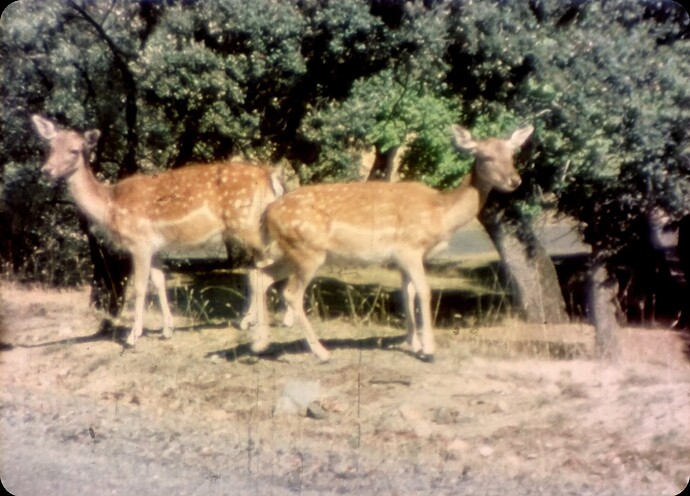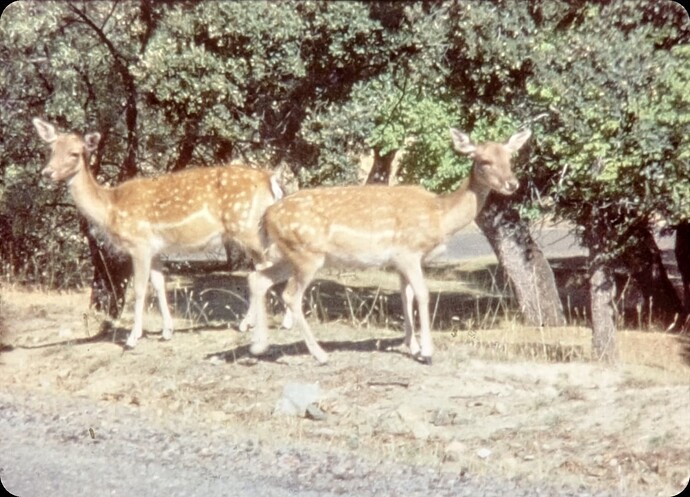– you might just try out the microscope lens and report the result here… 
Seriously, lens design is a challenging subject. The reason is that optical design is part art, part science. You as an optical designer are using non-perfect materials (glasses with dispersion, so different colors are focused differently), non-perfect optical surfaces (for cost and technology reasons, most lenses are spherical ones - ideally, they should be aspherical or even freeform) to optimize the image the lens is going to cast onto the sensor.
What is important is that lenses are therefore designed only for one task, specifically for a given working range and for a given image format. If you are using the lens within that design limit, you should be fine. If you are using the lens in another setting, you might see bad to very bad performance.
Now, the Schneider Componon-S 50 mm is designed to be an enlarger lens for the 35 mm standard frame (there exists a Componon-S 80 mm which is designed for the 6x6 format). When we are using that in the 1:1 setting (which is appropriate for S8 to HQ sensor chip), we are using the lens in the working range it was designed for. Furthermore, we are using only the center part of the lens’ design. The area the lens is optimized to is much larger. So performance should be good (and it is as good as it gets, if you use the correct f-stop).
Also, the Schneider guys know what they are doing, they are in the optics industry for a long time. (There are actually two different Componon-S around: old ones which used lead-based glasses and newer ones, after lead-based glasses were phased out by the optics industry). In addtion, this lens design is a classical one and it is optimized to perform up to a 1:1 mapping. This is exactly our usecase.
CCTV lenses are designs which tend to be on the cheaper side of life from the onset. Afterall, these lenses are used in security cameras to the thousands. So again, from the start, you are probably dealing with a lens which lacks some image definition. In a security application, you might not care too much if the edges of the frame are a little bit blurry or the thieves have some color fringes.
Also, the sizes these CCTV lenses are optimized to correspond at most to the sizes of standard sensors - so much less image area is usable than with the Componon-S 50mm.
Furthermore, these CCTV lenses are designed to image things which are meters away from the camera. They are not designed and will not work satisfactory when used in a macroscopic imaging situation.
By the way, the points raised in the above two paragraph apply equally well to lenses from old 16 mm cameras, for example. They might work, but they are certainly no optimal choice. They too are not designed to be used as macro lens and there is always the danger of rapidly declining performance towards the edges of the image area.
I am afraid that a microscope lens is also not optimal when used in a 1:1 mapping. These lenses are designed to work close to the specimen (nearly as close as the focal length of the lens), creating an intermediate image several focal lengths away which is viewed by the enlarging eyepiece. Again, too far away for my taste from the imaging situation at hand with HQ sensor and S8 format.
One last comment: small focal length lenses are generally harder to design than lenses with a larger focal lengths. So for a given amount of money, you might end up with a better lens if you buy the one with a larger focal length.




